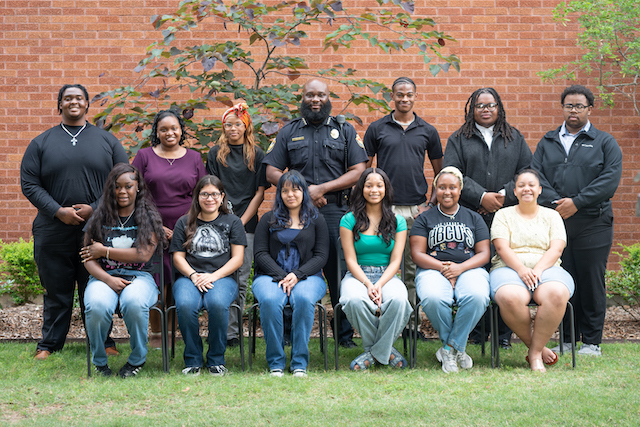MONIQUE BATSON — Living in Southeast Texas has made it easy to ignore surrounding dangers
Published 12:03 am Friday, September 17, 2021
|
Getting your Trinity Audio player ready...
|
I used to joke that my death would come from a plant explosion because no one could decipher the sirens and always just called it “the lunch bell.”
Granted, as someone who lives a block from TPC, that wasn’t as funny in November 2019.
But the truth is I’ve lived my entire life in Southeast Texas and never once panicked when I heard alarms from a nearby refinery or the inaudible speaker voice that comes with it. 10 a.m.? Lunch. Noon? Lunch. 2 a.m.? Lunch.
There were a few times I would strain to try and hear the automated message playing across the facility, but rarely ever did I actually understand what was being said.
Somewhere along the way it all became background noise that we heard but stopped listening too. Granted, then came social media and the Facebook Neighborhood Watch pages where 37 self-promoted detectives will investigate when a car backfires or determine a leftover firework is a gunshot – even on July 3rd.
But you’d think living in a house with windows still boarded from the TPC explosion would have made me a bit more vigilant. Sadly, it didn’t.
This week when we received photos from a reader of a fire at Sabine Pass, three of us in the newsroom immediately said, “It was probably a marsh fire.”
We weren’t dismissing the person’s photos or concerns, but had all become so adjusted to this area that smoke from the south just means “marsh fire.” All of Sabine Pass could be engulfed and I’d likely look out the window and say “marsh fire.” And truth be told, I don’t even know what that means or when it’s necessary.
But every time I look at the boards in the windows of my house, I’m reminded how little I know about our area and how lightly we take potential disasters.
Once, a few years ago, the Texas Department of Transportation tweeted a photo warning motorists to avoid a section of Interstate 10 in Orange because a wreck caused an 18-wheeler to catch on fire. And the first thing I noticed was the billboard above the burning truck from a lawyer advertising his number specifically for 18-wheeler wrecks. I didn’t once look for the colored stickers on the truck to see what was inside it.
But seeing as how we live around Interstate 10, and most of us make trips to and from Houston and/or Louisiana quite often, it helps to know what you’re traveling near, and perhaps put a little extra distance between it and yourself.
Every tractor-trailer carrying hazardous materials is marked with a placard that’s classified with numbers.
Class One: Explosives
Class Two: Gases
Class Three: Flammable or combustible liquid
Class Four: Flammable solid that can spontaneously combust when wet
Class Five: Oxidizer, organic peroxide
Class Six: Toxic to inhale
Class Seven: Radioactive
Class 8: Corrosive
Class 9: Miscellaneous
As for the refinery whistles, well, I still haven’t figured that out. But for a little extra help, I encourage everyone to go to www.thestan.com and sign up for alerts from the Southeast Texas Alerting Network.
Users can opt for texts and/or phone calls that include messages from nearby plants and refineries — including alerts when a facility is testing it’s alarm system so that those in the area don’t panic.
Monique Batson is the Port Arthur Newsmedia editor and can be reached at monique.batson@panews.com.






